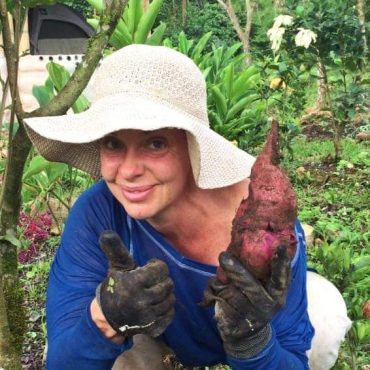
Restoring degraded land to agro-cloud-forest with Kristen Krash of Sueño de Vida: 137
I was first introduced to Kristen Krash through Atulya Bingham, the well known author and natural builder who’s been on this show a few time. She told me about this […]

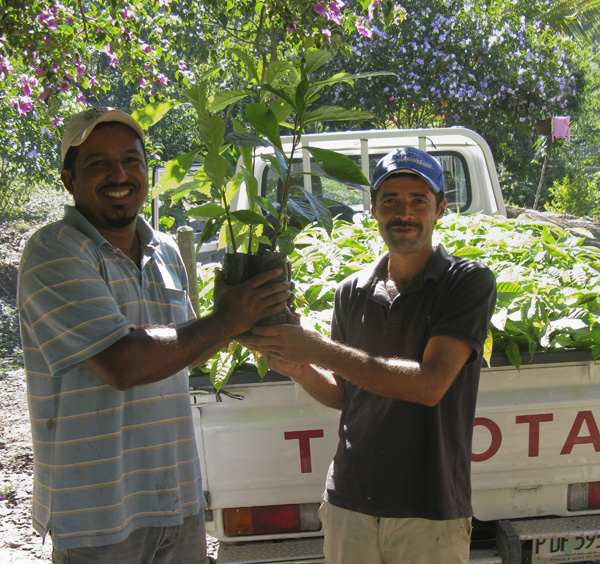


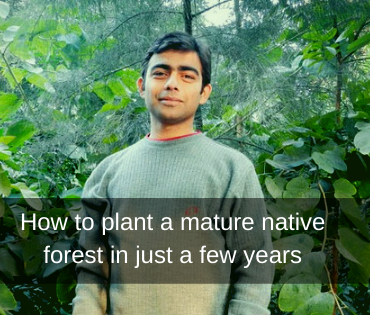
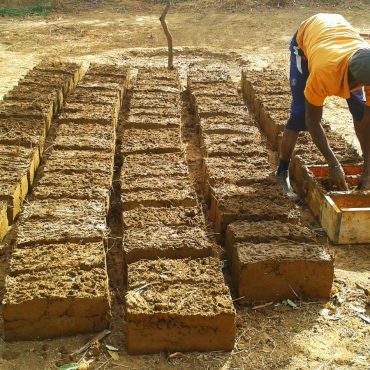
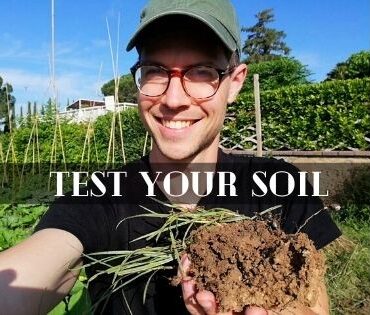
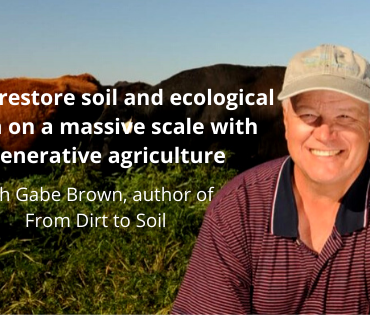
Post comments
This post currently has 1 comment.